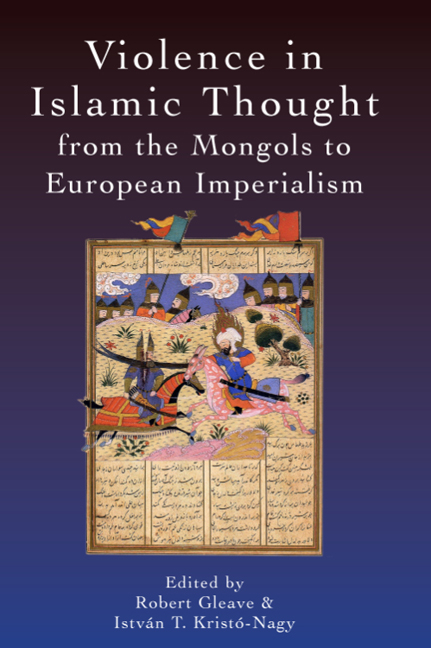5 - Unacceptable Violence As Legitimation In Mongol and Timurid Iran
Published online by Cambridge University Press: 06 May 2021
Summary
In their great conquests, Chinggis Khan (Chingīz Khān) and Tamerlane (Tīmūr, Temür) exhibited a level of violence that elicited expressions of disgust and despair from their contemporaries. The famous historian Ibn al-Athīr starts his account of the Mongol conquest with a lament:
Who is there who would find it easy to write the obituary of Islam and the Muslims? For whom would it be a trifling matter to give an account of this? Oh, would that my mother had not given me birth!
The carnage of these conquerors’ campaigns is recounted in riveting detail in medieval histories, and not only in those written for inimical regimes. What is striking is that slaughter and destruction are central in the histories written for the Mongol and Timurid rulers, aiming to glorify and legitimate their rule. One may argue that in these medieval societies violence was not seen as a fault. However, the historians reporting these acts often describe them as calamities and indeed as atrocities. At the same time, rather than playing down such acts, they showcase them. Several of the histories I shall examine here were written twenty to thirty years after the end of the conquest, during periods of government consolidation and economic restoration. Many of their readers would have experienced the events described; others would have been relatives or descendants of victims. These histories thus both revived living memories and preserved them for future generations. There must have been some advantage for the dynasty, not only in the violent acts themselves, but in memorialising them.
Indeed despite, or because of, their destructiveness, both Chinggis Khan and Tamerlane became central figures in the legitimation of later Muslim dynasties. One can trace a continuous line of legitimacy starting from Chinggis Khan and continuing through successive states into the nineteenth century. The stature of Chinggis Khan and Temür was recognised not only by the Turco-Mongolian population; it was also widely accepted by the Persian elite. When the Mongol Īl-Khānid Dynasty ended in 1335, both the Persian and Turco-Mongolian dynasties contending for power first ruled through puppet khāns, and after abandoning these khāns, still traced their rule back to Mongol connections. Temür, coming to power in 1370, followed the example of his predecessors in connecting himself to the descendants of Chinggis Khan.
- Type
- Chapter
- Information
- Publisher: Edinburgh University PressPrint publication year: 2018



